- The Sichuan-Tibet Railway is 1,838 kilometers long, with an investment of 319.8 billion yuan
- The completion of the Sichuan-Tibet Railway will greatly shorten the travel time from other Chinese cities to Tibet, and more importantly, it will further strengthen the communication and integration between different ethnic groups

"A lonely stone sits all over the sky, no night can make me sleep, no dawn can wake me." The poet Haizi wrote about Tibet in his poem. Tibet is lonely and barren, with vast land and scattered people, all of which proclaim the loneliness and freedom of this land. However, it is just such a road that has broken Tibet's previous silence.
This road has been hailed as a miracle by the West and even the whole world. At the beginning of its construction, almost everyone thought it would be the height of heaven to build such a road. However, with extraordinary perseverance, China has successfully accomplished what the West thought impossible.
Even though the construction of the Qinghai-Tibet Railway, China's first rapid railway into Tibet, has cost tens of billions of dollars, it does not seem to fully meet the needs of Tibet's economy and national defense transportation. Now, with a second Sichuan-Tibet railway costing hundreds of billions to build, why does China have to build such a railway?
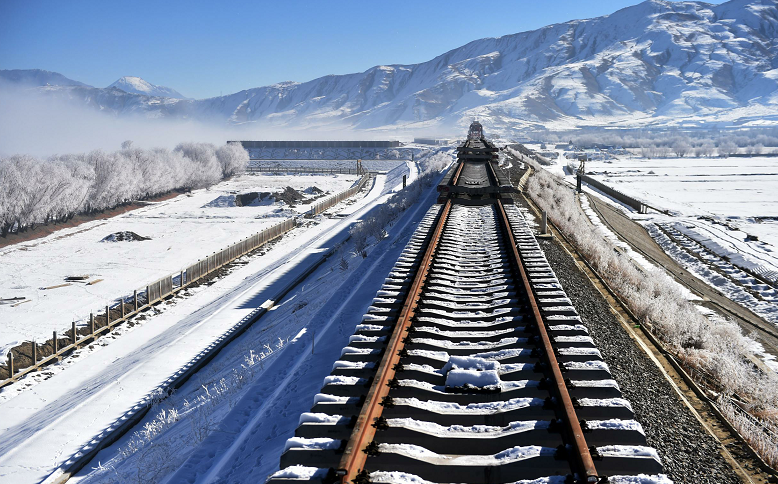
Sichuan-tibet railway is a connecting sichuan and Tibet autonomous region in China's rapid railway, the east it is chengdu, sichuan province, to Lhasa in Tibet in the west, across the east-west, is after the qinghai-tibet railway, article 2 of China into Tibet railway, is also an important railway in southwest China, the main building of sichuan-tibet railway is divided into three phases, They are Chengdu to Ya 'an section, Lhasa to Nyingchi section and Ya 'an to Nyingchi section, with a total length of 1,838 kilometers. Now, Larin and Chengya sections have been opened to traffic, while Yalin section is still under construction.
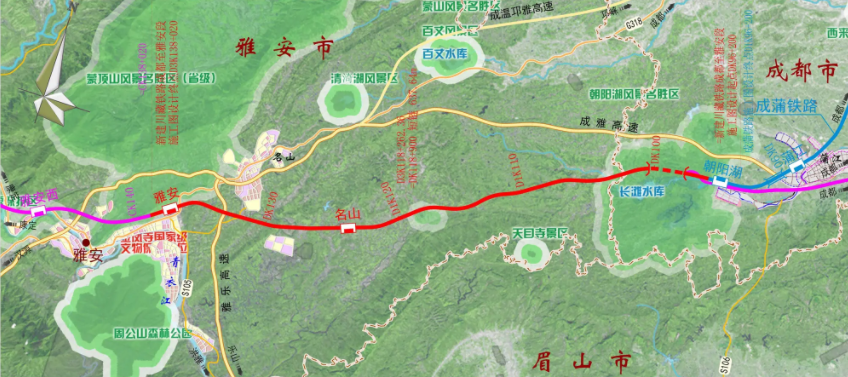
Cheng-ya section of railway offers new opportunities
At about 7 o 'clock in the morning of December 28, 2018, it was not yet light, and there was sporadic drizzle. The waiting room of Chengdu West Railway Station was flooded with people. Passengers were filled with excited smiles, and the station staff organized the ticket boarding in an orderly manner. At this time, the newly built Chengdu-Ya 'an Railway is officially opened to traffic. The first bullet train will leave from Chengdu and drive to Ya 'an, the most moist city. Qionglai, Wenjiang, Chongzhou, Dayi, Pujiang, Mingshan and other places along the route will all join the "one hour" traffic circle of Chengdu. Like a white lightning bolt, the high-speed train ended the history of no high-speed train in western Sichuan, injected new energy into Chengdu Plain Economic Zone, and brought new vitality to Ya 'an, the starting point of the thousand-year Sichuan-Tibet Ancient tea-horse Road.
Cheng-ya Railway has a total length of 140km, which is a double-track Grade I railway with 11 stations including Chengdu West, Wenjiang, Yangma, Chongzhou, Dayi, Qionglai, Xilai, Pujiang, Chaoyang Lake, Mingshan and Ya 'an. After the railway is launched, Chongzhou, Dayi, Qionglai, Pujiang, Ya 'an and other cities and counties in western Sichuan will enter the bullet train era and integrate into the national high-speed railway network, which is of great significance to promote the coordinated and healthy development of economy and society along the line.
Chengya Railway changed the history of western Sichuan without railways. Ya 'an as the combination of the sichuan basin and the qinghai-tibet plateau area, known as the "western sichuan throat" move into ya, not only can greatly improve the mode of transportation of sichuan residents, improve the quality and efficiency of the people to travel, more on along the sichuan tourism, culture, education, light industry, raw material and other industrial economic development to develop a larger space.
A person in charge of the Commission of Economy and Information Technology of Ya 'an City said, "After the operation of Chengya Railway, the freight turnover cost of raw materials and products of Ya 'an industrial enterprises is expected to be reduced by 10%-20%, which will greatly improve the market competitiveness of traditional industrial enterprises." At the same time, the original industrial layout will be impacted, and new forms of business will be derived, providing new opportunities for the cultivation of strategic emerging industries.
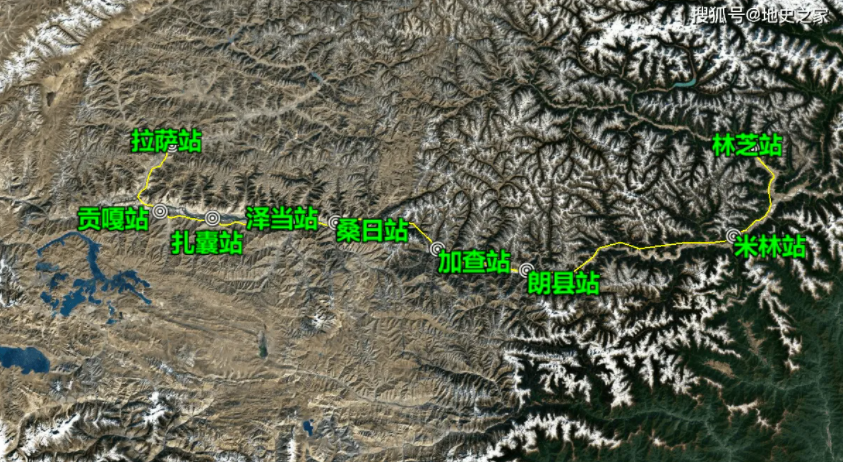
Larin section of the railway open Xintian Road
On June 20, 2020, the main girder of the Zangmu Yarlung Zangbo Bridge, a landmark project of the Lalim Railway, was successfully closed. With the completion of more than 100 Bridges and dozens of tunnels, the Larin Railway was officially opened on June 25, 2021. It is the crystallization of more than 100,000 builders' efforts over six years.
Nyingchi is located in the southeast of Tibet. In the past, there was no railway here, and it took 10 hours to drive from Nyingchi to Lhasa. Now, a "Plateau New Sky Road" connects Lhasa and Nyingchi. The opening of the line is a microcosm of the great development of China's railway and transportation industry in the past decade.
With a designed speed of 160 kilometers per hour, the shortest travel time from Lhasa to Nyingchi is only 3 hours and 29 minutes. As an important part of the Sichuan Tibet Railway, the difficulty of its construction is unprecedented. In mountainous areas and plagues, it has crossed the Yarlung Zangbo River for many times, a large number of Bridges and tunnels, and complex geological conditions, it is difficult to imagine how the Lalin Railway was built through mountains and mountains.
Building a railway in the mountains, along the river valley is undoubtedly the most economical option. The Lalim Railway has crossed the Brahmaputra River 16 times. Even before the construction of the bridge began, many designers had to work hard to find a location for the bridge along the winding and complicated geology of the Yarlung Zangbo River.
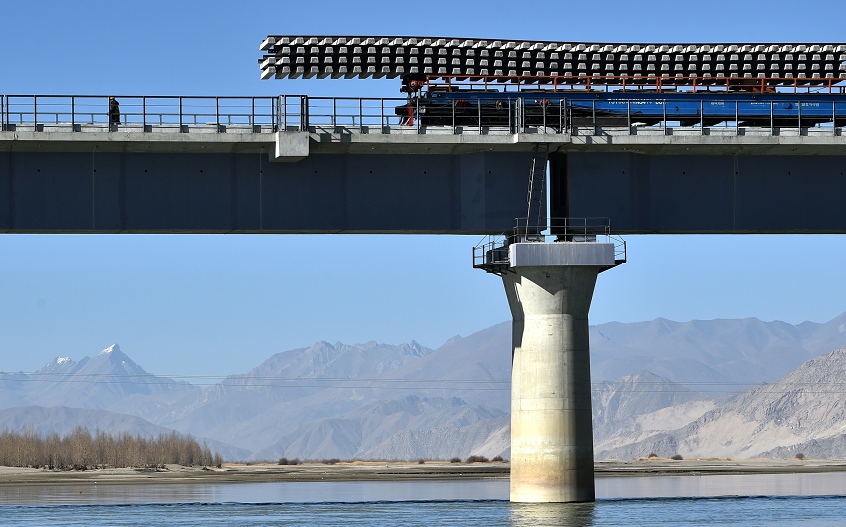
Chen Kejian, chief designer of Larin Railway Bridge, said, "Finally, one day, there was a ridge, which could be divided into two sides even though it was a bit dangerous. It felt like heaven had left us such a place, so to say, it was the only bridge in that range." After the location of the bridge was determined, and because the site was too narrow, there was not enough space for construction, at this time, the builder decided to use the "first decomposition, then assembly" way to erect the bridge.
Lalin Railway is located in the southeast Valley of Tibet between the Gangdise Mountains on the Qinghai-Tibet Plateau and the Himalayas. More than 90 percent of the railway lines are above 3,000 meters above sea level. Many of the construction workers are from the mainland, and low pressure and low oxygen are another big obstacle they face.
Wen Jun, project manager of Larin Railway of China Railway No. 5 Company, said, "After the construction personnel came to the plateau, although all the personnel had a physical examination before entering the site, there were still many people suffering from altitude sickness, so we increased the personnel reserve by nearly 30% compared with the mainland to ensure the normal construction."
Quji Zhuoma, Party secretary of Gongbu, a non-public enterprise in Bayi District, Nyingchi city, Xizang Province, said, "Due to the remote location, inconvenient transportation and high transportation costs of road and air transportation, our products and local products cannot be shipped out in time. Now the train is open to traffic, we can produce our own Tibetan-scented pigs, eggs, Tibetan medicine, wild matsutake and so on, large quantities to all parts of the country."
The completion and opening of Larin Railway put an end to the history of no railway in southeast Tibet. Travel times will be reduced and freight capacity will be increased. On the roof of the world, builders have experienced unprecedented challenges, but at the same time, they have also created miracles that have caught the world's attention.
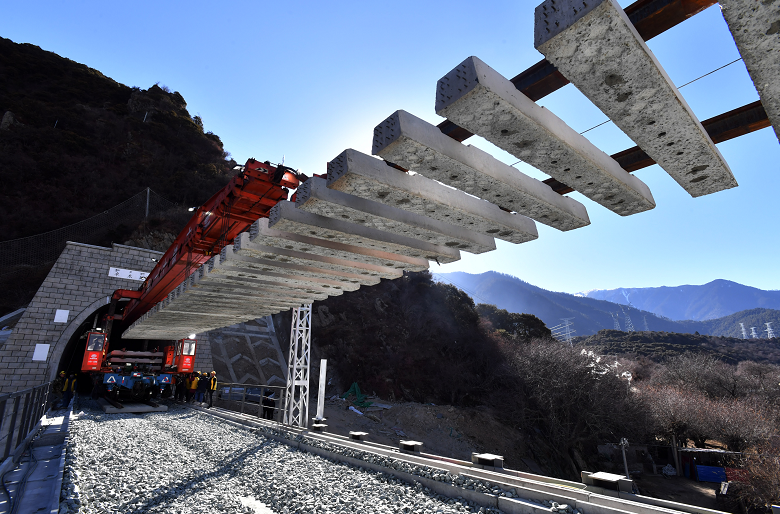
Yalin section of the railway climbed to the top of the world
"Shu road is difficult, difficult to blue sky". The section from Ya 'an to Nyingchi is the most difficult and dangerous part of the Sichuan-Tibet Railway. It is the most difficult part in the world. Because the section from Ya 'an to Nyingchi needs to pass through the Hengduan Mountains, which is the longest, widest and most typical north-south mountain system in China, the Yalin section of the Sichuan-Tibet Railway tunnel accounts for 82.9% of the main line, which is also known as the Sichuan-Tibet Subway. In other words, the section from Ya 'an to Nyingchi is built in tunnels or Bridges, and very few railways are laid on the ground.
The Ya 'an to Nyingchi section of the Sichuan-Tibet Railway is located in the southern part of the Qinghai-Tibet Plateau, which is located in Sichuan Province and Tibet Autonomous Region. The route starts from Ya 'an City in Sichuan Province in the east, passes through Tianquan, Luding, Kangding, Yajiang and Batang in the west, crosses the Jinsha River and enters Tibet Autonomous Region, and then passes through Gongjue, Qamdo and Bomi to Nyingchi. The project started on November 10, 2020. The construction period is 10 years and the project is expected to be completed by the end of 2030. The total length of the main line is 1011.01km, about 468.52km in Sichuan Province and 542.49km in Tibet Autonomous Region. Among them, 72 tunnels, a total length of 838.25km, 89 Bridges, a total length of 119.84km, the total length of Bridges and tunnels 958.09km, accounting for 94.76% of the length of the line, 24 new stations. If this section is built, there will be no challenge for China to build a railway on earth.

Lin Shijin, deputy chief engineer of the Second Institute of China Railway and general director of survey and design of Sichuan-Tibet Railway, said: "From the Wenchuan earthquake, the tunnel swayed with the mountain, in the earthquake zone tunnel is safer, which is one of the reasons for the design of tunnels."
Different from the "gentle slope" ascent of the Qinghai-Tibet Plateau, the Sichuan-Tibet Railway is "stepped" ascent. If viewed from the section, the route direction of the Sichuan-Tibet Railway is "eight rises and eight volts". From Chengdu to Lhasa, the cumulative height of climbing reached 14,000 meters. In order to solve the problem of short distance and high drop, the "exhibition line" of the route from Luding to Kangding is Z-shaped. The total length of the line reaches 115 kilometers, which is twice the straight distance. The designed slope is the largest in China at present.
Currently, sichuan-tibet railway of railway and Lin she railway has been opened, so the construction of railway Lin is the sichuan-tibet, gansu Tibetan, the core part of the yunnan-tibet railway is one of the most difficult period, reaching sincerely expect sichuan-tibet railway traffic smoothly at an early date, our motherland is strong, our people is great, and the Chinese nation stand on the top of the world!
Transportation is the lifeblood and blood vessel of a country. If the transportation is not convenient, then the country can hardly develop. China attaches great importance to the development of transportation and invests a large amount of capital, manpower, material resources and financial resources into the construction of transportation every year. The Sichuan-Tibet Railway is born under this background. As the name implies, the Sichuan-Tibet Railway connects Tibet and Sichuan. The investment in the construction of the Sichuan-Tibet Railway has exceeded 300 billion yuan, and there are many difficulties in the construction process. What is the profound significance of the state spending so much manpower, material resources and financial resources to build the second railway into Tibet?
To provide opportunities for the development of tourism in Tibet. Because Tibet is really a good place to purify the mind, feeling the local Tibetan culture can make people calm down and find the power of the spiritual world. Nowadays, the rise of tourism makes more people choose to go to Tibet, but the railway is not accessible to Tibet, only by plane, but the price of the plane is not easy for ordinary people to afford, so more people choose to drive. Although the road is convenient but far away, coupled with the changeable climate and the road is a lot of wild mountains, extremely unsafe. Therefore, the construction of Sichuan-Tibet Railway has solved the difficulties of people's travel to a great extent, so that people can spend less money, go farther and see more scenery.
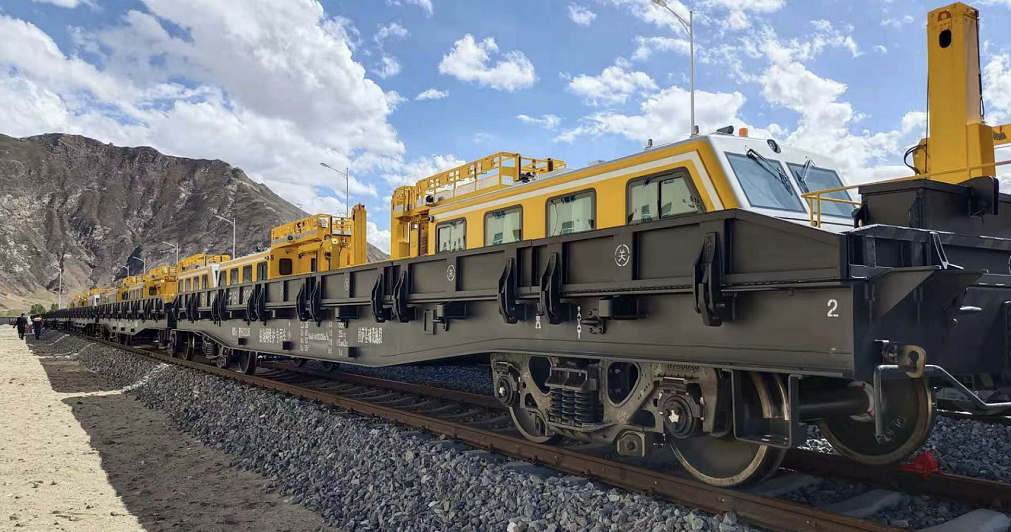
Driving the economic development of both places. Once completed, the Sichuan-Tibet Railway will open up a heavenly road to the top of the world, or add a communication channel between Sichuan and Tibet. By then, the exchanges between the two places will be frequent and the opportunities for cooperation will be greatly increased. In addition, both are located in the western part of China and are rich in natural resources. The addition of railway can also promote the circulation of natural resources and exchange with the eastern region, which will also pull in the economic development of the two places and the regions along the route.
We will promote social stability in border areas. Tibet lies on China's western border, bordering India, Nepal and other countries. In particular, India is competing with China in many ways, so it is important to strengthen the defense along the border between China and India. Once completed, the Sichuan-Tibet Railway will greatly strengthen the political, economic and cultural ties between China and the border countries, thus improving the stability of China's border areas.
The ancient Silk Road has become today's Sichuan-Tibet Railway. The ancient tea-horse Road and the west wind thin horse have become a thing of the past. The Sichuan-Tibet Railway has opened up a new heaven road for Tibet, and the distance is no longer far away! Editor/Zhao E
Comment
 Praise
Praise
 Collect
Collect
 Comment
Comment
 Search
Search


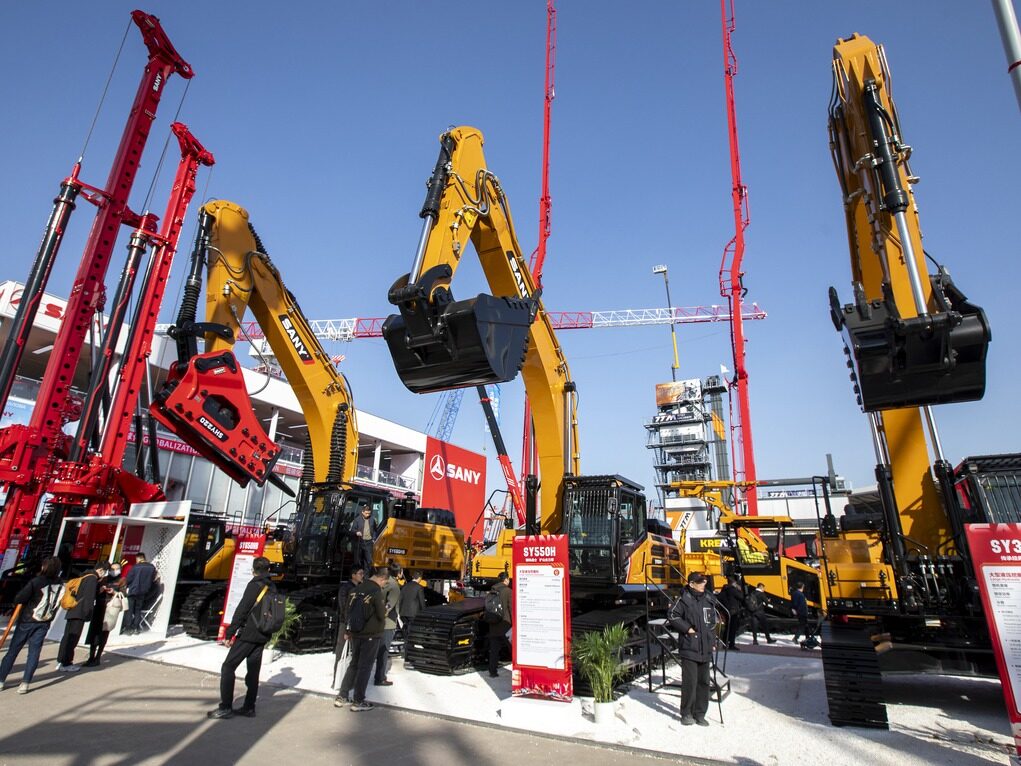


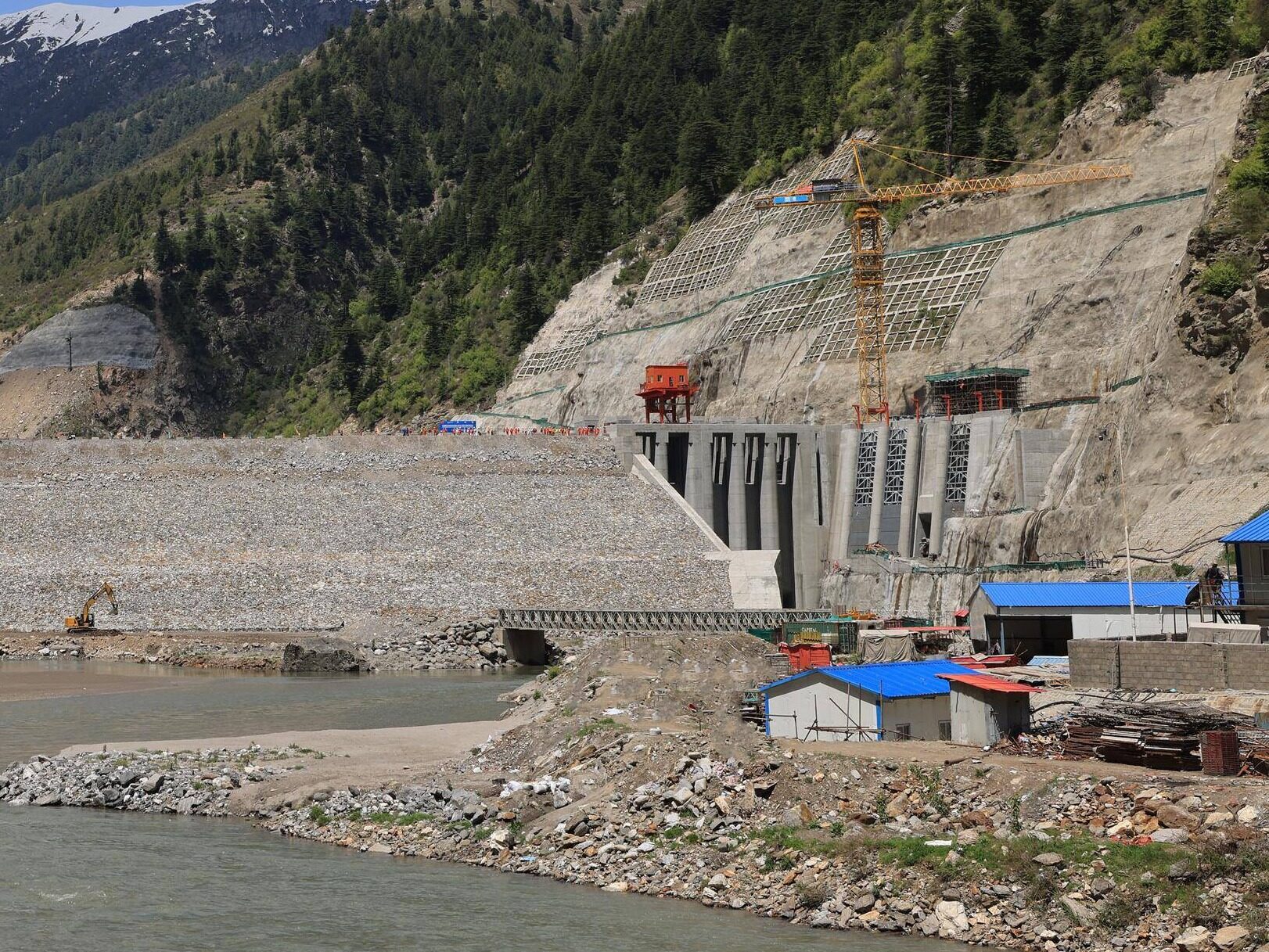








Write something~